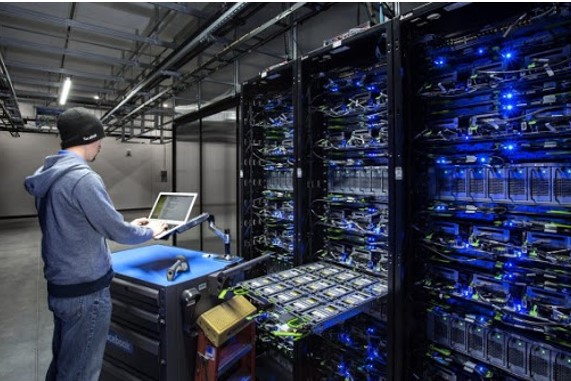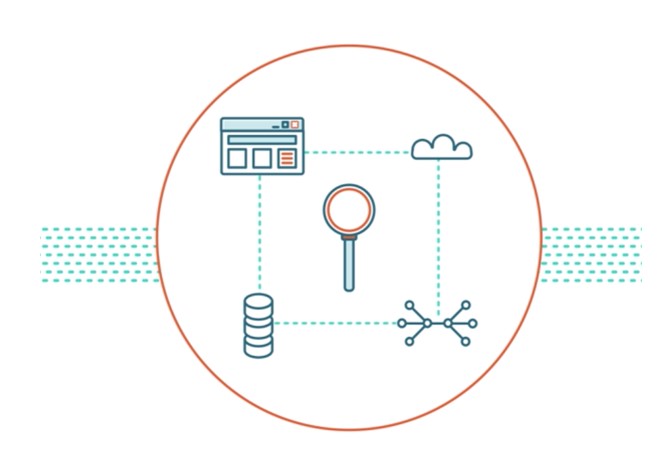Just like basic technology, internal networks are a part and parcel of everyday work. Be it your start up or an established business, you need a secure network that can support the sharing of files and other forms of data across desks within your office. Any form of enterprise today needs to have a secured internal network that can prevent data theft and intrusion.
A vulnerable grid can be easily hacked posing threat to all your sensitive information. Hackers leave no stone unturned to identify such loopholes and steal your data and valuable company information. With a secured network scan tool, you can be assured of keeping such hackers at bay. Such systems can ensure regular screening, identify gaps and keep a track of the traffic flow between all devices connected to your network.
What is a network scanner?
Before delving into how the scrutinizing process works, here’s an introduction to the technology. Network scanners are built to scan the entire stretch of the grid. These systems are installed to fetch and register the availability, performance and operations of your network’s resources.
From identifying live hosts to the management of services in your network’s infrastructure, these scanners can perform the task to provide a range of intricate details. These include metrics of users logged on a device, detecting the type of Operating System in use, the NIC (Network Interface Card) used by a machine, open ports, active hosts and about other services running on the devices.
A network scanner can track IPs (Internet Protocol), log IP operational history and also change port allocations in the scanner console.
The scanning processes
During a network scan, all active devices on the net exchange signals. On one hand, signals are sent and upon receiving the response, the scanner evaluates the outcome to check for any discrepancies.
In a company, this process is used to keep a check on the UDP (User Datagram Protocol) and TCP (Transmission Control Protocol) network services. Simultaneously, it helps the company to access the OS (Operating System) via IP response monitoring and also enables identification of the filtering systems between the devices.
The basic kinds of scanning that take place are IP scanning, port and vulnerability scanning. An IP scanner is used to track IP addresses, IP allocation conflicts, subnets and more.
In the port scanner system, data packets are sent by the scanner to a certain service port number on the system. In case of vulnerability scanning vulnerabilities of the computing system on a particular grid are tracked, thereby enabling detection of the weak spots and rogue devices in the app or OS.
As both processes collect important information for the network, any form of hacking can become a serious threat to the company’s data. Read more on how to link a scanner at https://www.wikihow.com/Network-a-Scanner.
How it works

In its aim to detect inconsistencies, the scanner sends a packet to IP addresses and waits for their response. This is a way to determine the status of the host device or specific apps. The hosts which respond are considered active whereas the ones that don’t respond are labelled as inactive or dead. It is these active responses that are skimmed.
Processes such as the ICMP (Internet Control Message Protocol) scan enables mapping the system anatomy. So, if you are looking for a system that can cover a wider topology, this system will make a viable option.
If your company has a large grid with multiple subnets, it is imperative to have a net scanning tool installed. Preferably opt for a system that can be scaled up without burning a hole in your fund pockets. Click here to find top net security tools.
There are many robust systems available in the market today. It is suggested that you install the one that suits your company’s grid protection requirements. It is always good to have a prevention plan handy to smoothly handle future risks, if any.
Most companies have an IT team responsible for managing technological operations. However, if you are just starting, you can consider hiring an IT professional to help you with the necessary information and guidance.
Be it securing the internal system against cyber attackers or preventing such risk, installation of appropriate sensors and tools to safeguard the system from malicious intentions cannot be compromised.





